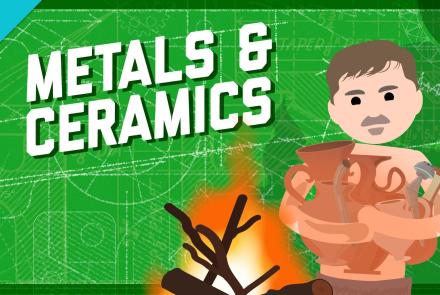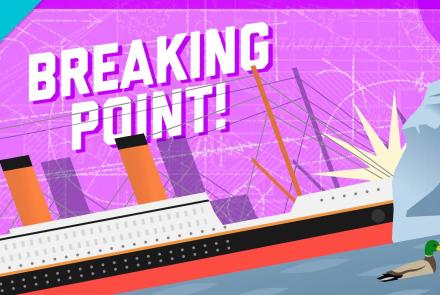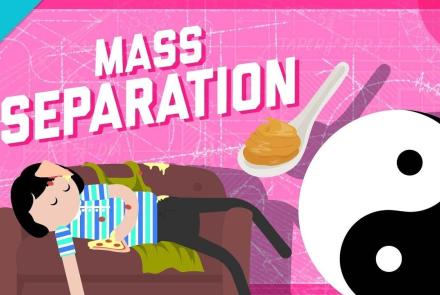
Metals & Ceramics: Crash Course Engineering #19
S1 E19 - 10m 3s
Today we’ll explore more about two of the three main types of materials that we use as engineers: metals and ceramics. We’ll discuss properties of metals, alloys, ceramics, clay, cement, and glass-ceramic materials. We’ll also look at the applications of our materials with microelectromechanical systems and accelerometers.

